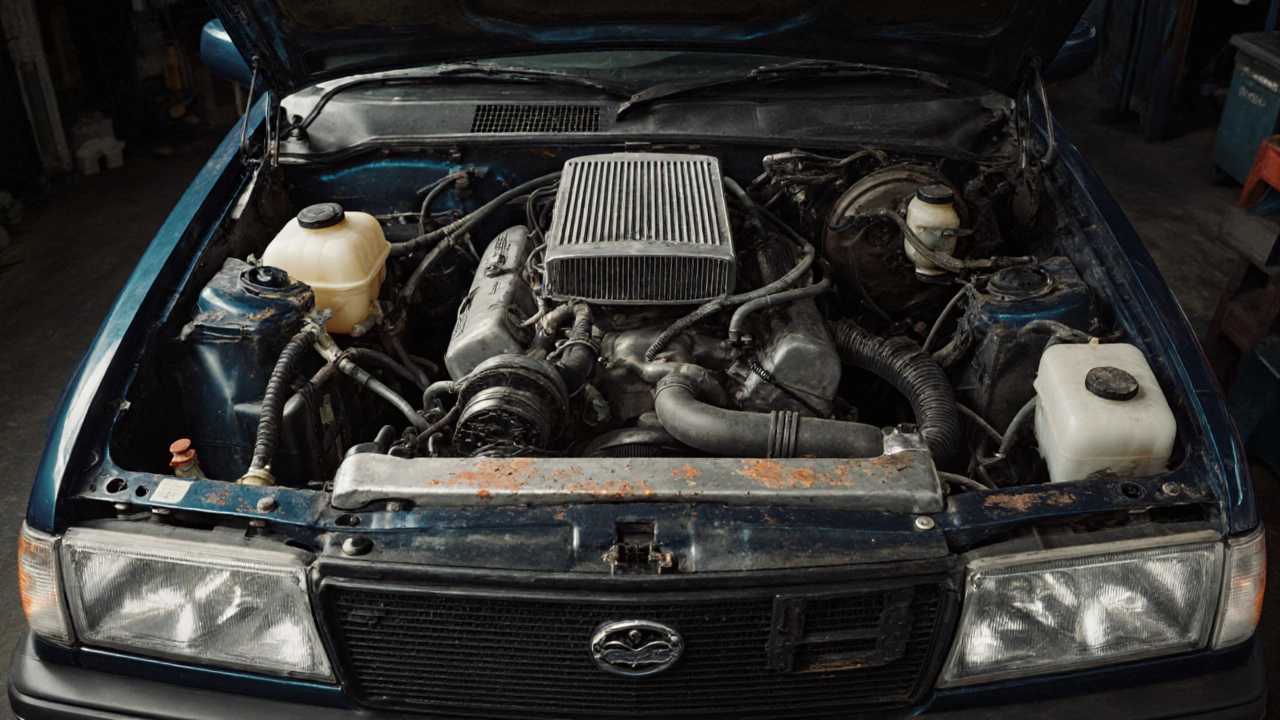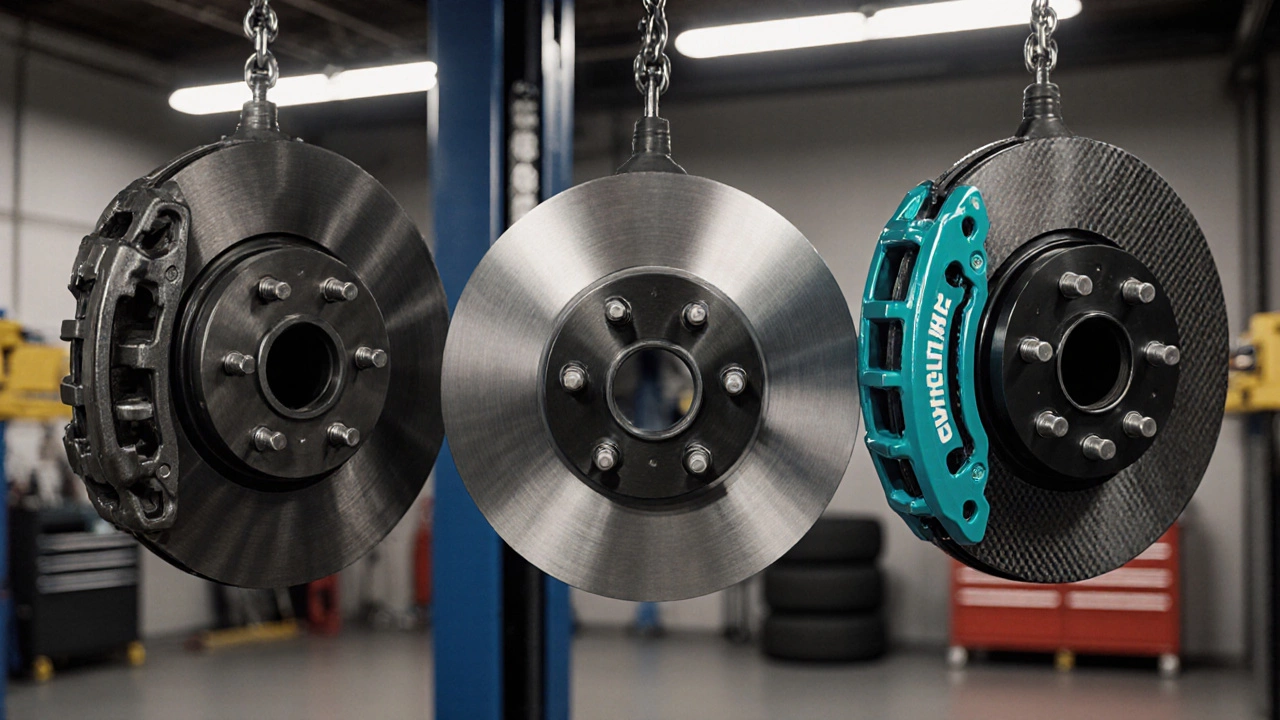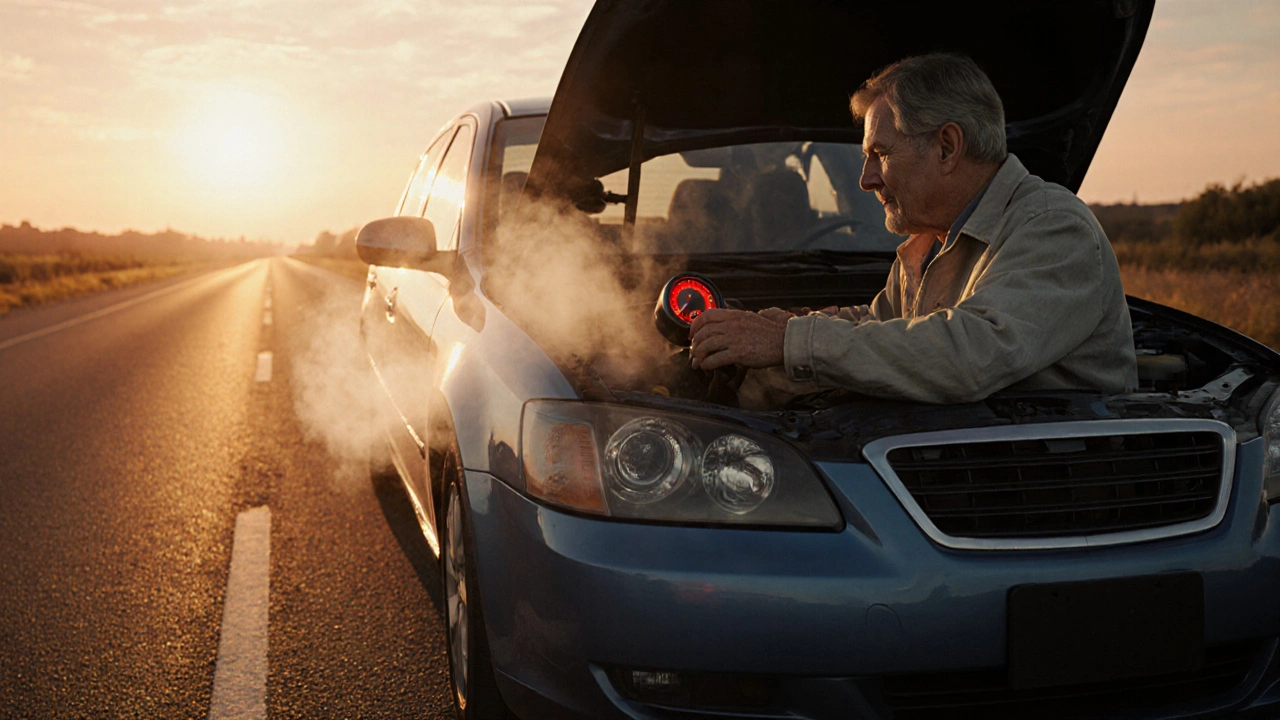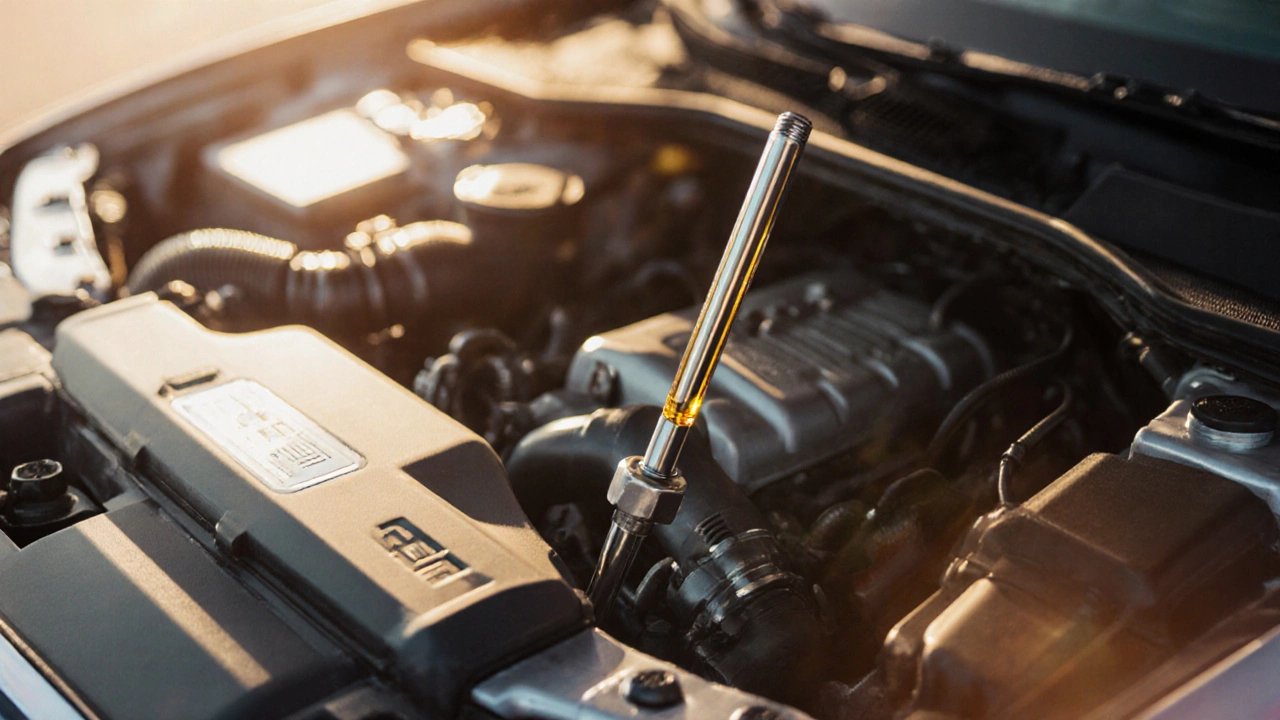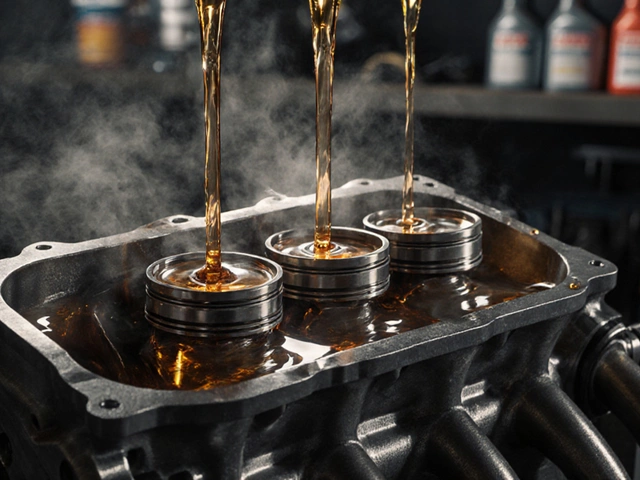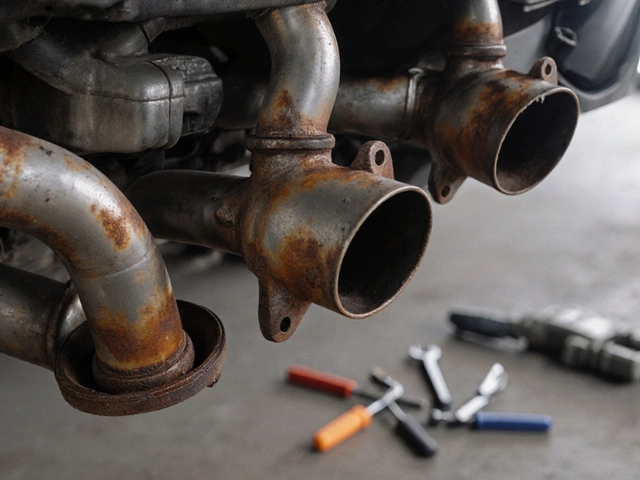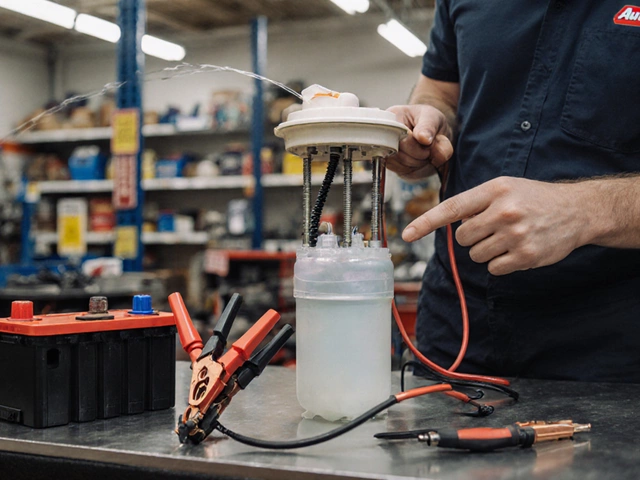2025 October Automotive Guides: Suspension, Brakes, Oil, and More
When your car’s suspension system, the network of parts that connects your wheels to the chassis and absorbs road shocks. Also known as vehicle suspension, it keeps your ride smooth, your tires grounded, and your brakes working right. starts making weird noises, it’s not just annoying—it’s dangerous. A worn shock absorber, a component that controls spring movement and prevents bouncing. Also known as damper, it’s the most common failure point in any car’s suspension. can turn a simple bump into a loss of control. That’s why most of the posts this month focus on suspension parts: what they are, how they fail, and how to fix them before you end up with uneven tire wear or longer stopping distances.
But suspension isn’t the only thing breaking down. brake calipers, the hydraulic clamps that squeeze brake pads against rotors to stop your car. Also known as brake clamp, they’re expensive to replace—but even more expensive to ignore. leaking fluid? Pads wearing unevenly? You’ll find exact cost breakdowns and labor times for common models. And if your car’s running rough, it might not be the spark plugs—it could be the engine oil, the lubricant that keeps your engine’s moving parts from grinding together. Also known as motor oil, it degrades over time, even if you don’t drive much. You’ll see clear comparisons between 5W30 and 10W30, plus whether skipping oil changes every 5,000 miles is safe for low-mileage drivers. And if your car’s overheating or losing power, the fuel pump, the device that pushes gasoline from the tank to the engine. Also known as gasoline pump, it’s often blamed when the real issue is something simpler. might be failing. We break down how long repairs take, what parts cost, and how to tell if you’re being overcharged.
These aren’t theory lessons. Every post is written by someone who’s actually done the work—on sedans, hatchbacks, and SUVs common in India. You’ll find real-time estimates for clutch replacements, tips on softening a stiff ride, and why most sedans don’t even have rear wipers. No fluff. No jargon. Just what you need to know before you head to the garage—or before you grab your tools and do it yourself.
What you’ll find below isn’t just a list of articles. It’s a roadmap to fixing your car without getting ripped off. Whether you’re dealing with a clunking suspension, a noisy brake, or confused about which oil to buy, the answers are here—tested, verified, and written for real drivers.
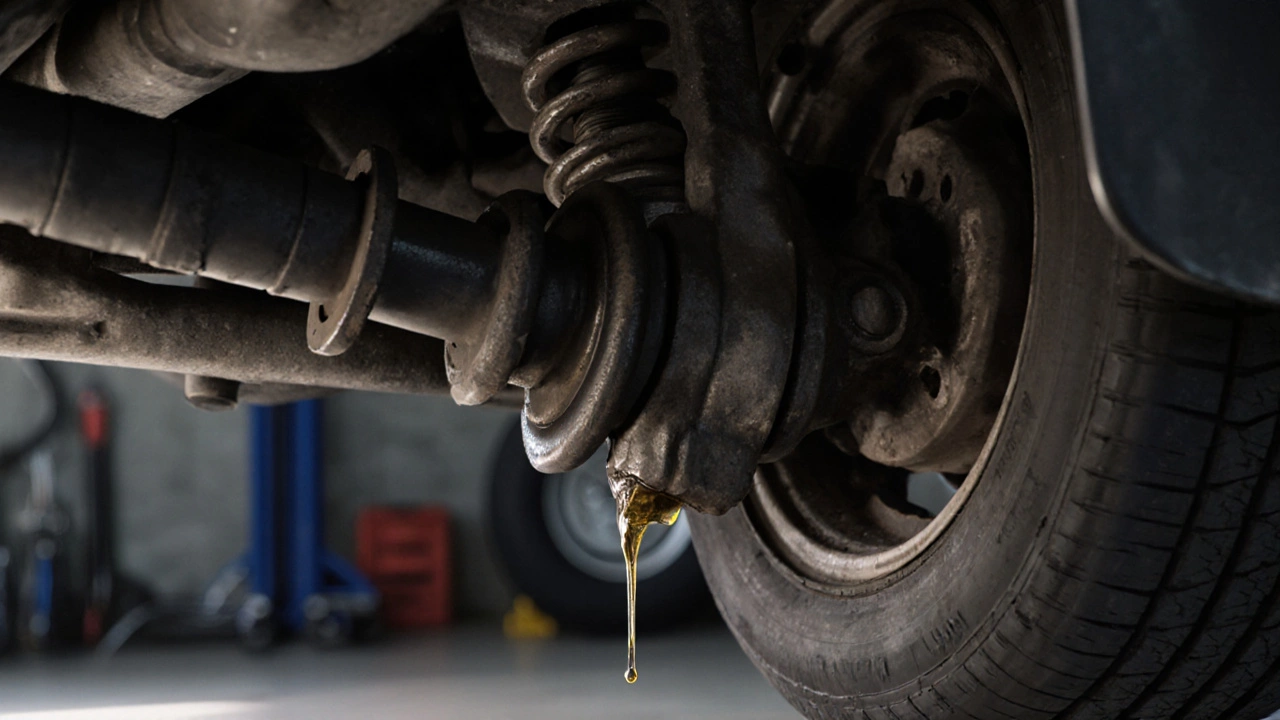
What Sound Does a Car Make When Shocks Are Bad?
Bad shocks make loud clunks, thumps, and rattles when driving over bumps. These sounds mean your car's suspension is failing-leading to longer stops, uneven tire wear, and dangerous handling. Don't ignore the noise.
CONTINUE READING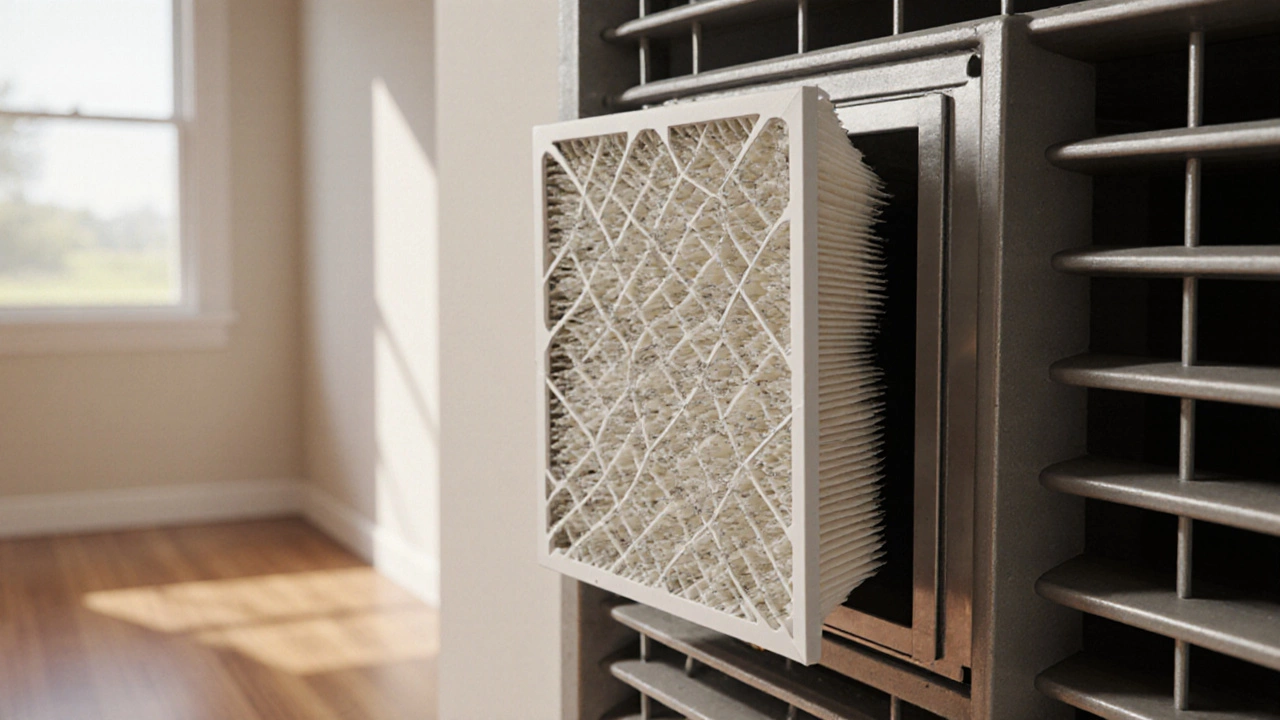
What Is the Most Commonly Used Filter in an HVAC System?
The most commonly used filter in an HVAC system is the furnace filter. Learn what type most homes use, how MERV ratings work, when to change it, and what happens if you don't.
CONTINUE READING
What are the 4 Types of Suspension? Explained with Real‑World Examples
Learn the four main suspension types-independent, dependent, semi‑independent and air-plus their pros, cons, common applications, and maintenance tips.
CONTINUE READING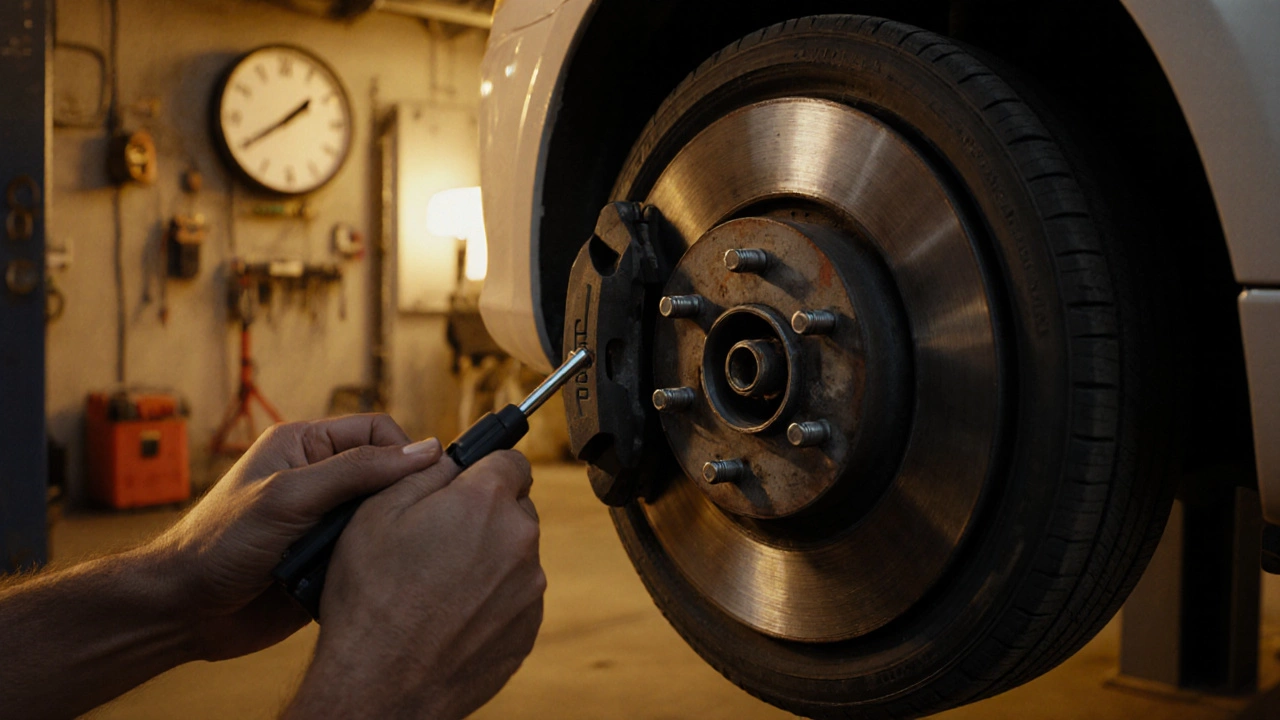
Brake Pad Replacement Time Guide: How Long Should It Take?
Find out how long a brake pad replacement really takes, with detailed time estimates, step‑by‑step breakdowns, tools needed, and tips for both DIYers and professional shops.
CONTINUE READING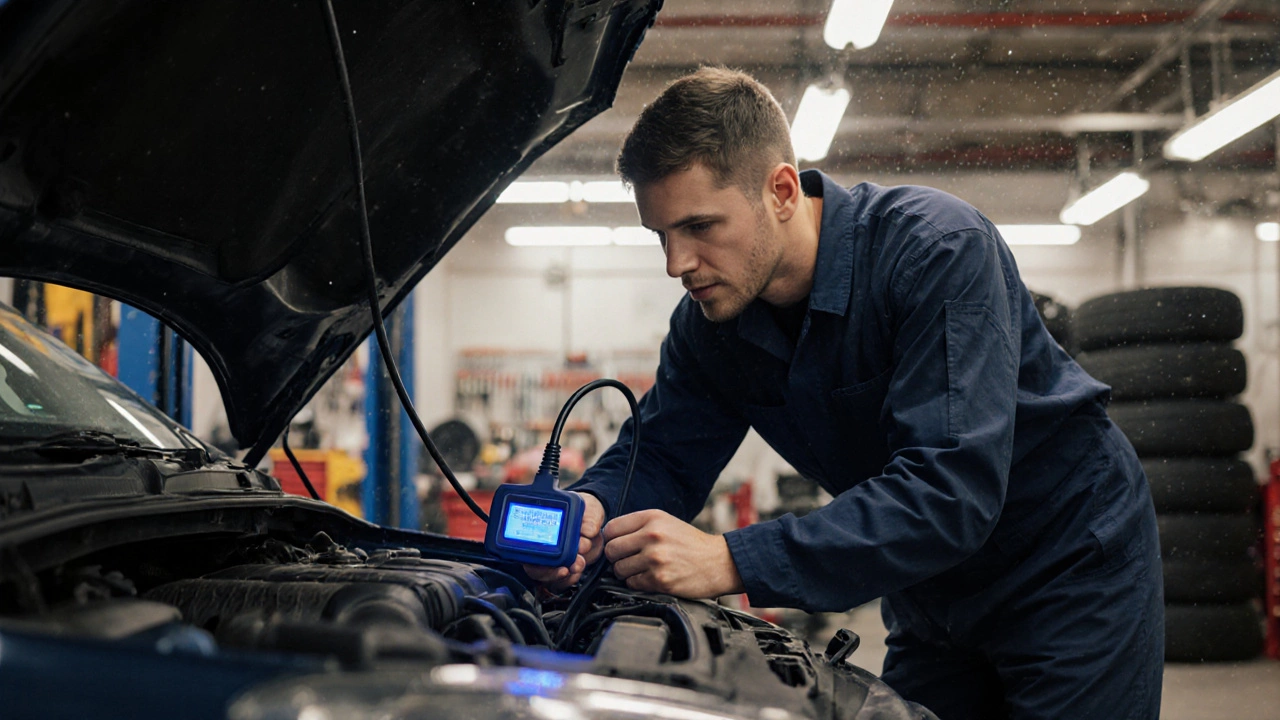
Fuel Pump Repair Time: How Long Does It Take to Fix a Fuel Pump?
Find out how long a fuel pump repair takes, factors that affect timing, DIY steps, and tips to speed up the job.
CONTINUE READING
Will Replacing Spark Plugs Make a Noticeable Difference?
Learn how changing spark plugs impacts power, fuel economy, and idle smoothness. Find signs of worn plugs, compare copper, platinum and iridium options, and get step‑by‑step install tips.
CONTINUE READING